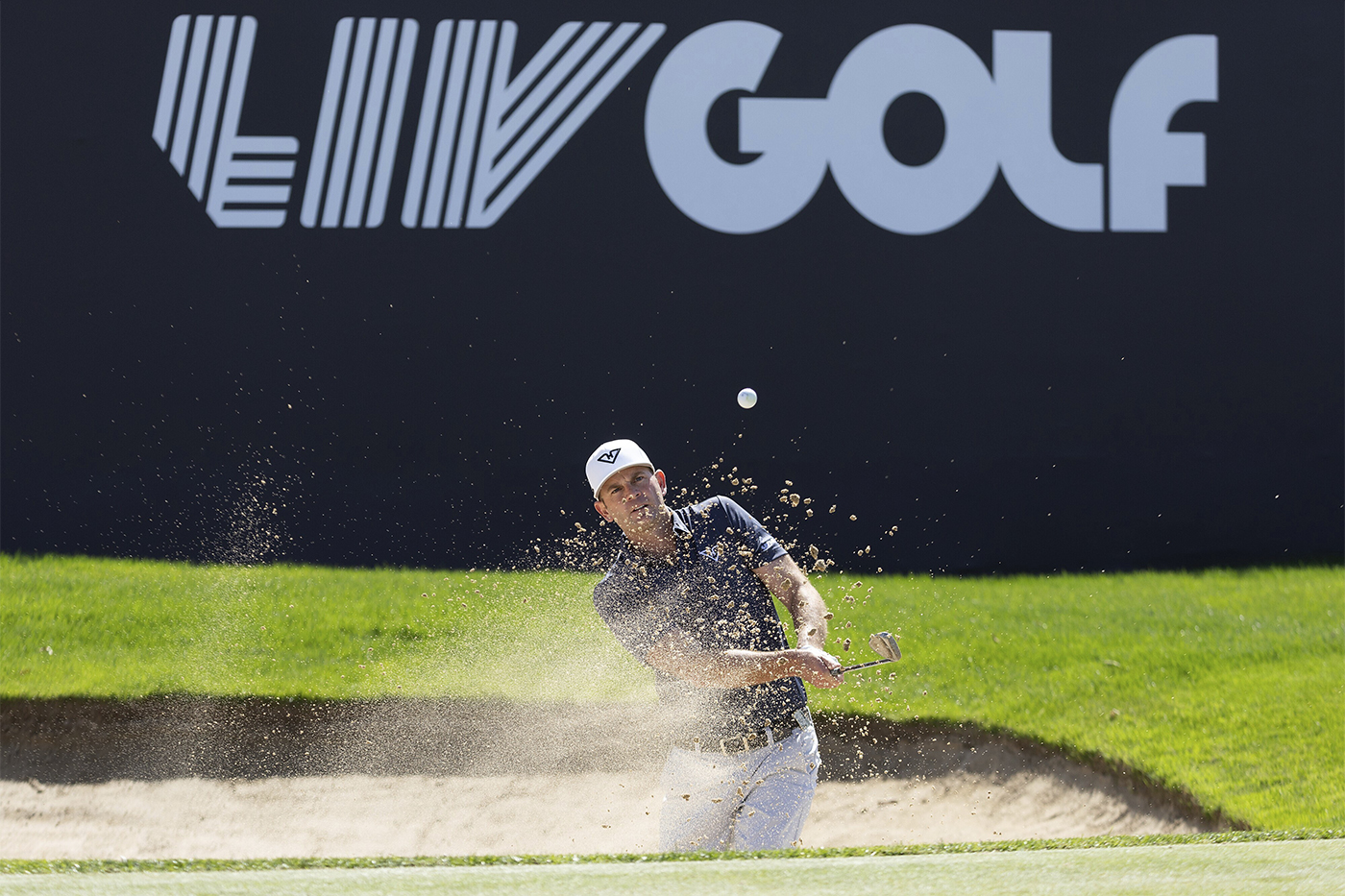
Countless superlatives have been used to describe Saudi Arabia’s ongoing foray into the arena of global sport. “Unprecedented,” “inconceivable” and “stunning” are just a few you could pick out of ESPN’s detailed history of the country’s sports investments, which have accelerated over the last decade.
A result of spending billions from its Public Investment Fund, the Saudis’ campaign has generated headlines across the sporting world — from the bankrolling of LIV Golf, the recruitment of soccer megastar Ronaldo, to its expanding footholds in boxing, wrestling, cricket and more recently tennis.
It’s all part of Vision 2030, Saudi Arabia’s ambitious plan to transform the nation’s economy and society by pivoting from fossil fuels toward renewables, while embracing artificial intelligence, tourism and a looser set of social norms. But Northeastern University business experts say it’s a big gamble, noting that many countries get involved in the global sports market for a variety of reasons — some of which have little to do with economic growth.
“First of all, it’s a very risky approach,” says Evodio Kaltenecker, associate teaching professor in the D’Amore-McKim School of Business. “We must look at these investments in sports and Vision 2030 from different perspectives. There are a number of stakes here that touch on questions of geopolitics, regional competition, domestic politics and public relations.”
Ravi Ramamurti, university distinguished professor of international business, adds another incentive to that list: putting its own domestic population to work.
“The Saudi population is growing, but most of the work done in Saudi Arabia is done by guest workers, who make up 40% of the country’s population,” Ramamurti says.
Having worked in the Arab country as a consultant, Ramamurti notes that “you’re more likely to see Saudis as consumers, owners, supervisors and bosses” than as workers.
“This has created a culture in which many Saudis haven’t acquired any real marketable skills,” he says.
“I think the main goal here is to diversify the economy away from oil,” he adds. “That’s been the mantra for a long time, but it’s a strategy that’s been hard to pull off.”
Indeed, Saudi Arabia is planning to spend roughly $3 trillion over a 15-year period as part of that effort to diversify the economy, an investment that — to put it into perspective — is about three times that of its annual gross domestic product. A significant chunk of the money ($500 billion) is slated for a 16-borough “mega-city” called “Neom” that Saudi officials have described as the “world’s most ambitious project.”
The oil-rich nation — the world’s leading oil exporter — has previously tried to wean itself off oil, mostly unsuccessfully, Ramamurti notes.
Featured Stories
“Some 20 years back, Saudi Arabia depended on oil and gas for 80% of its exports,” he says. “Today, halfway through Vision 2030, Saudi Arabia still depends on oil and gas for 80% of its exports. It has not made a dent.”
The situation is something of a paradox familiar to many Persian Gulf states: oil revenues are needed to help jump-start investments in other sectors, including renewables. Oil-dependent countries have historically struggled to attract foreign direct investment, experience economic volatility and are plagued by corruption.
When considered against the totality of the country’s transformational agenda, Ramamurti notes that its stake in sports and entertainment represents a minuscule piece of the pie.
“There are many other projects of fairly large scope, and when you look at the list of key projects being undertaken as part of this initiative, sports won’t even appear on the list,” he says. “Tourism and attracting tourists will appear on the list, and so then is building the modern infrastructure to enable tourism, such as a modern airport and creating a whole new airline that can compete with the Emirates and Qatar Airways, and so on.”
But the symbolism of being seen as a major player in global sport, a market worth about a half-trillion dollars, generates its own incentives, the experts say. Indeed, the allure of international sport and competition diverts attention away from the country’s poor human rights record. As such, many have criticized Saudi officials as engaging in “sportswashing.”
These investments are “to some extent, a way to build soft power and compensate for its somewhat negative image as a country,” says Alvaro Cuervo-Cazurra, professor of international business strategy at Northeastern. “But it is also part of a broader modernization effort by the crown prince, pushing for some reforms like allowing women to drive.”
Will Saudi Arabia’s investments in sports — or in its proposed “mega-city” — pay dividends down the road?
Viewed through a purely economic lens, both Ramamurti and Kaltenecker were less confident about the country’s prospects.
“Frankly, I don’t think so, because these projects are being undertaken with an eye on financial returns,” Ramamurti says.
But Saudi Arabia’s deals with Formula One and World Wrestling Entertainment; its successful bids in several high-profile boxing matches; and its new partnership with the Association of Tennis Professionals, among other arrangements, means many more world-class athletes will do battle inside Saudi sporting venues, bringing spectators from around the world.
Kaltenecker and Ramamurti note, however, that it remains to be seen whether the Saudis can parlay its considerable business ambitions into long-stay travel and tourism — a goal clearly outlined in the national planning document.
“In order to become a family-oriented center of tourism, [Saudi Arabia] has to first become a hub for business tourism,” Kaltenecker says.
“Making this vision a reality is going to be challenging because if all you do is buy stuff from abroad, including buying sports teams and buying brand names, that won’t suffice to maintain your standard of living,” Ramamurti says. “The question becomes: how do you transform your workforce? And I think that is going to be a major challenge moving forward.”
